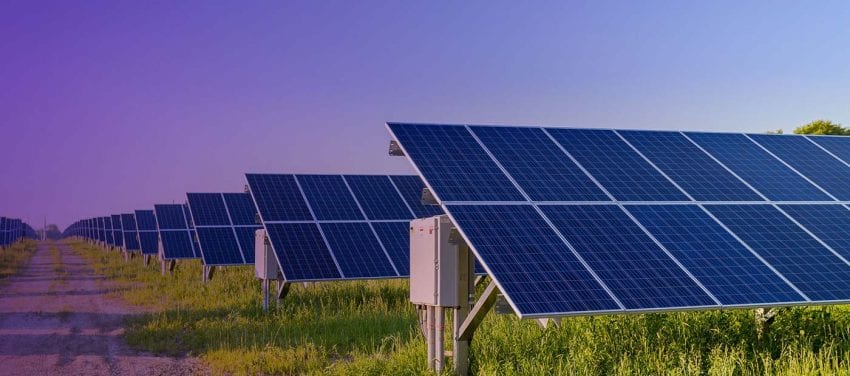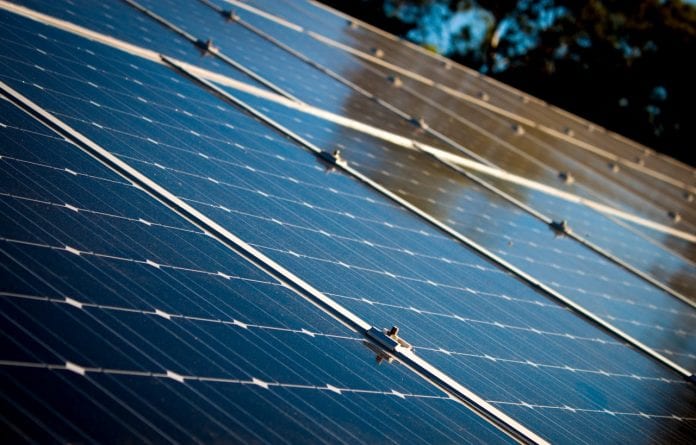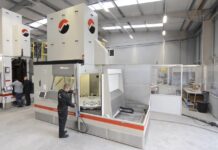One of the major concerns that hamper discussion about climate change and green energy is that of cost.
Naysayers point to the “costs” of transitioning from a carbon-intensive, traditional system of power to a greener, cleaner, and more climate-friendly system.
They believe that these initial costs are so large as to prove insurmountable obstacles. Basically, it’s an argument for complacency.
But, as apartment coops, HDFC Coops, Affordable housing multi-family buildings are demonstrating, innovation is not born out of the status quo.

Not available until recently, affordable housing buildings can now go through a green energy conversion while under HUD’s Rental Assistance Demonstration (RAD). Thanks to these programs, the apartments can use a unique combination of public and private funds to both rehabilitate the apartments and improve energy efficiency.
This comes after many buildings suffered damages during Hurricane Sandy which prompted the swift move to implement so-called “storm resiliency” programs.
The installation of solar PV systems, as well as other energy-related upgrades, could go a long way towards mitigating both the impacts of increasingly violent storms as well as the building’s impact on the climate.
Many management companies are now partnering with 770 Electric Corp, the exclusive partner of the Grid City Electric, as a key collaboration feature. By weaving sustainability into the fabric of housing, the city will have ensured the long term viability of affordable housing. Partnering with a true NYC End-To-End solar developer/installer, buildings can ensure that all aspects of their projects are in a controlled environment allowing for greater project efficiency and implementation.

Hurricane Sandy exposed a lot of vulnerabilities in the electrical systems of older buildings. It is believed that a transition to green energy can mitigate the impact of expected storms by providing a localized source of power for residents in the apartment complex.
But Solar PV is not the only measure buildings can implement. Many systems can include battery packs which could help essential systems stay operational during an emergency.
As many buildings have now come to understand, green energy transition need not be expensive and can actually head off costs down the road. With more and more unpredictable weather patterns expected in the future, it will probably make sense for a lot of homeowners and property managers to consider “What If” scenarios in the event of catastrophic power loss.
Perhaps packaging green energy as a way to combat climate change doesn’t do justice to the many ways in which green energy allows for a more robust, efficient, and self-sustaining power system.









